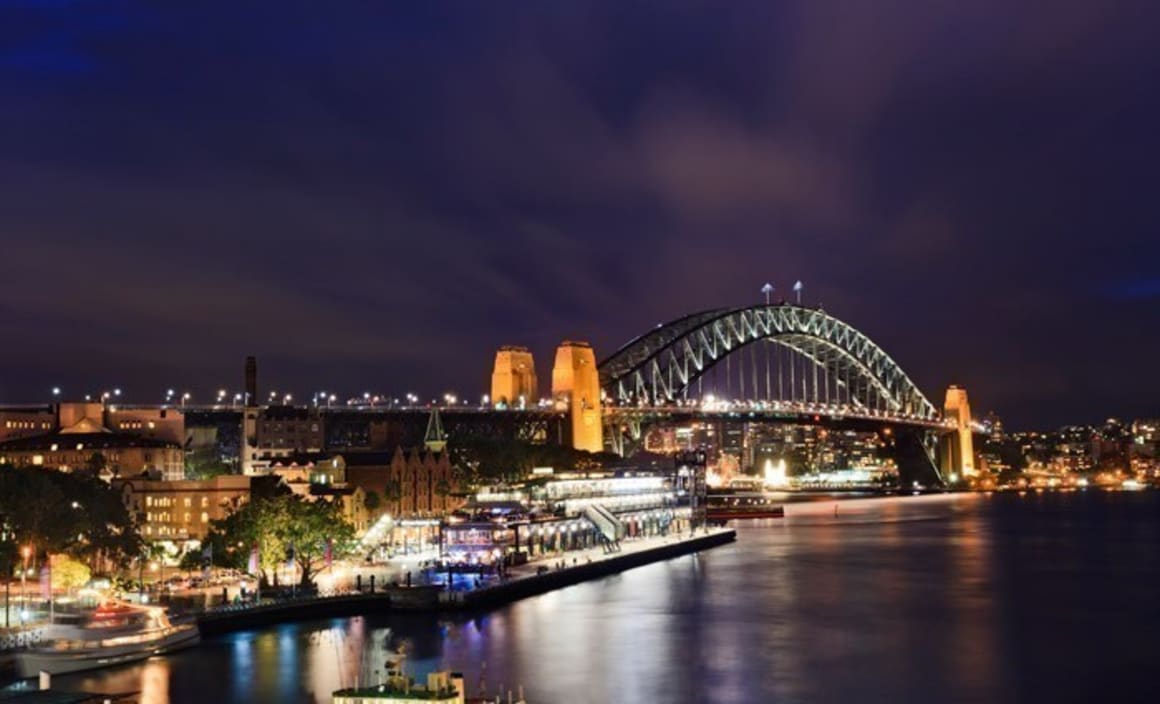Is NSW building a property crisis?

Is NSW building a property crisis?
Well there are many arguments to this equation although I don’t really believe we will see a major downturn from a real estate collapse.
Parts of Australia are doing exceptionally well and other parts such as Western Australia (which are not reported) are experiencing massive corrections. The heart of the problem is that Australia is now into its sixth year of a low cash rate that looks to go even lower.
It was not a good week with the Australian Bureau of Statistics (ABS) releasing the jobless rate this week which showed that the jobless rate had jumped from 6.1% to 6.4% between January and December. Australia now has the second highest unemployment rate in the English speaking world.
Of course the Abbott government will point to the Senate blocking key budget measures which is in part true however those measures are not going to resurrect the jobless rate. As I wrote last week – kick start the economy and abolish payroll tax given for years Treasury officials and commentators have expressed opinions that this tax is slowing down business growth and jobs.
NSW faces an election next month so imagine what would happen if NSW Labor announced that if elected they would abolish payroll tax? The NSW government has an extra $20 billion in the bank following the sale of poles and wires so it would be fair to see concessions made to their ugly taxes of stamp duty and payroll tax.
In 2013, 14 more than 860,000 real estate transactions were undertaken in NSW which in real terms equates to a windfall in stamp duty receipts. So what we have is the NSW government making hay whilst the sun shines, although I would issue a warning to them in that NSW will see fewer transactions given a large proportion of these transactions went to investors who are long-term investors.
The other point that needs to be raised is that NSW and Victoria have the highest rates of stamp duty in the country where the rates have only ever gone up. In NSW the stamp duty paid on a median – priced home has grown to around 25% of annual disposable income per household, from close to 10% in 1991.
NSW is in the fortunate position that it has amazing upside with investors clamoring to buy bricks and mortar largely within a 15 kilometre radius of the CBD. These suburbs are gold plated where for the very first time they have multiple buyer demographics – overseas buyers, investors, home owners and first home buyers to a lesser degree.
One Mosman real estate agent incorrectly reported this week (no surprises there) that Asian buyers accounted for around 20% of Mosman house sales in 2014. Like most things we have read about real estate in recent times there is much more fiction than there is fact.
I went to CoreLogic RP Data and noted that Mosman recorded 353 house transactions in 2014 and looked at the vendors names and noted that on 36 occasions the buyers had Asian names. So 36 transactions from 353 sales shows a market share of 9.8% and the vast majority of these would be Australian residents – although we will never really know.
You see it’s very easy for an overseas buyer to transfer money to an Australian resident to buy a property which is placed in the resident’s name. Down the track, when the overseas party is granted Australian residency, so long as they show proof that the buyer of the property was acting as their “trustee” and all the monies paid was theirs, then at a cost of $50 they can transfer the property into their name – it’s that easy.
The Foreign Investment Review Board never hear or even see these stealth property transactions, but the state government does receive stamp duty from the transaction although many would argue that this loophole needs to be closed as a matter of urgency. The other problem is that the appointed authorities have no idea that this even exists or for that matter happening. If it’s a loophole then it should be closed.
So back to the cash rate, which has now been at record lows for six years and will in all probability stay at these lows for probably another six years. The average term for a mortgage is 25 years so what we are seeing is half that term (12 years) at record lows where nearly all are not on interest only repayments. So theoretically, when the cash rate does start increasing those households would have paid down the greater share of their respective mortgage.
A NSW Greens candidate has weighted into next month’s election by proposing significant changes to the rights of those renting:
- Allow landlords to impose one increase in rent per year.
- Cap rent rises at the rate of inflation (or the CPI) which is usually around 2 to 3% each year.
- Not allow landlords to evict tenants without a valid reason.
So when it comes to property and taxes in NSW, we all must remember that our politicians know best.